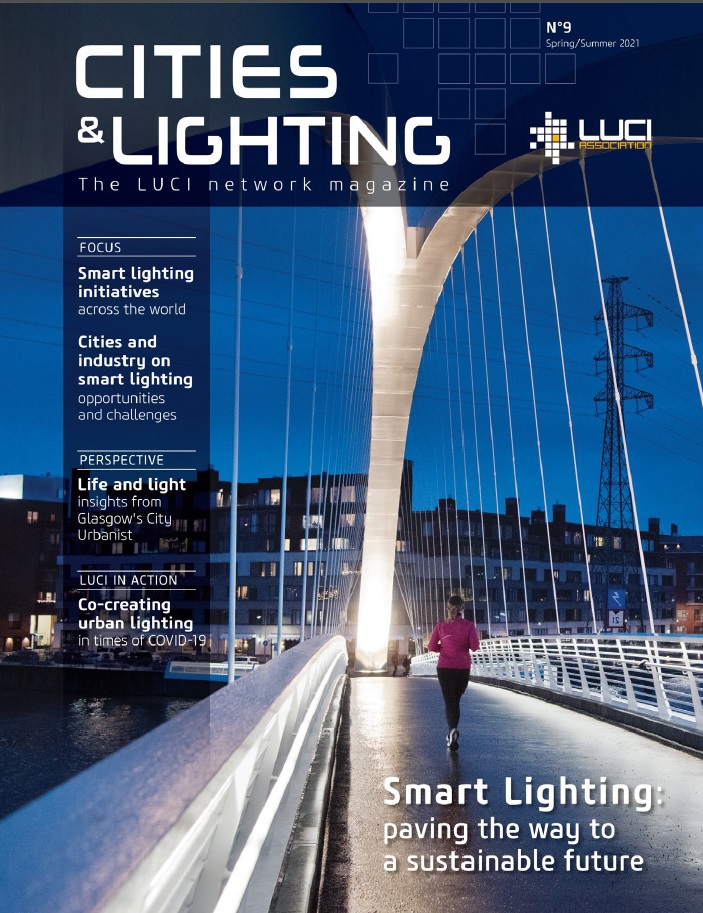Opinion on Smart Lighting: “Connected street lighting opens the scene for other smart city applications”
By Louis-Frédéric Robin, Director in charge of Cities & Infrastructures, Public Lighting & Safety Solutions, Engie
We asked leading city representatives and industry partners to share their views on opportunities and challenges regarding the next steps for smart lighting. They were published in the ninth issue of Cities & Lighting, out Spring 2021.
In my opinion, the main opportunity linked to smart urban lighting is to really position this infrastructure as the neuronal backbone of the city. Given its integral superposition with the city, placed close to citizens and their facilities, the lighting infrastructure will unlock the “smart city” potential providing energy and support as required by the territory.
Public lighting is often seen as a door opener to smart cities for two main reasons. First, important energy savings from LED retrofits can finance investments to update other services. Second, connected street lighting provides a connectivity network on the scale of a whole city able to host other city applications, mutualising costs, resources and allowing the interconnection of systems at data level.
The development of IoT technology is expected to shape the future developments of smart street lighting with a wide range of sensors and devices able to communicate wirelessly over the Internet.
In addition, extra services can take advantage of the LPWAN network created for streetlight management. For example, sensors could allow to collect waste bins only when they are about to be full and energy smart metering to optimise grid management and billing.
On the other hand, a more digitalised city generates more data. And data processing can introduce new perspective in city management and reveal new information. For example, data on attendance levels and people behaviour analysis can help identify most attractive parts of a city and select interesting locations for advertisements. As the competition between cities is more and more intense, creating a real experience by adding new technologies and services (WiFi access points) through the public lighting metropolitan area network (MAN) and grid will attract visitors, citizens, students and companies.
A main challenge before all this however, will be interoperability. Lots of suppliers, lots of IT solutions could create a war of standards. To deliver and benefit the scale effect, the market will need a strong “push” and support from the various stakeholders to generate a convergence into an open standard to really unlock all the features of smart lighting in cities.
Read more opinions on challenges & opportunities brought by smart lighting here.



 (
(